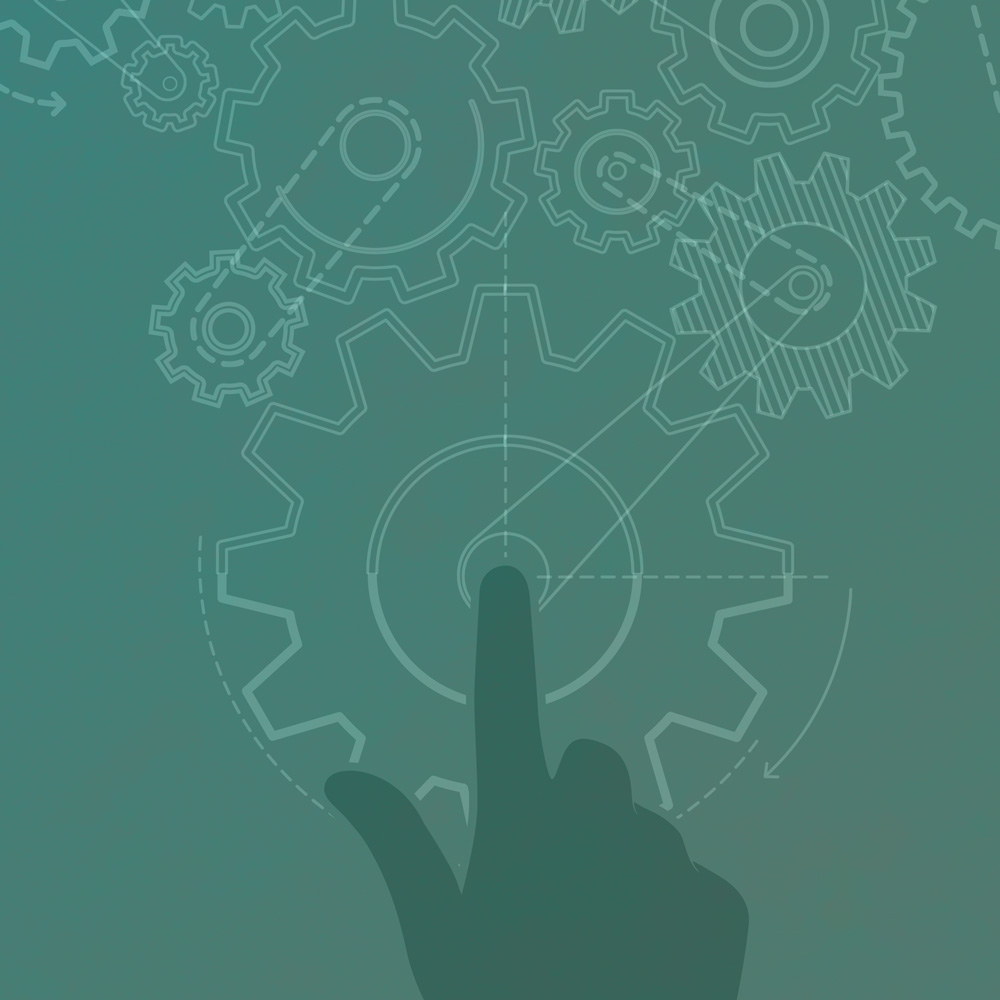YSC’S CULTURE CHANGE & LEADERSHIP SERIES: ISSUE 2
The disruption wrought by 2020 has caused an enormous array of leadership challenges. Leaders around the world have reported needing to balance big picture considerations with immediate, practical, and even existential operational concerns. Against this backdrop, the ‘essential but imponderable’ question of organizational culture might be expected to drop down the priority list – still important but not exactly urgent.
Yet from our data, the reality is surprising: for organizations across the board, Covid-19 seems to have crystallized the need to have a distinctive organizational culture.
So why has Covid-19 pushed culture up the agenda, and what can organizations do to make the most of the ‘Covid-19 catalyst’?
Why culture is key when responding to the havoc of Covid-19
In a survey launched just a few months after the height of the pandemic, YSC found that over half the organizations polled were looking to understand and diagnose their culture.
For many organizations the pandemic caused such a dynamic and multifaceted range of problems that simply attending to each one-by-one was like a game of ‘whack-a-mole’. The value of culture, as the underlying norms, values, and assumptions which drive behavior at all levels, became readily apparent. Culture cuts across initiatives, objectives and processes, and so is key to success in complex environments. Leaders need people to think and act instinctively in ways which support business strategy, even as it shifts.
Below are three types of disruption caused by Covid-19, and three ways in which organizational culture can address the challenge.
![]()
Disruption to tried and tested strategy The role of culture: individuals need to feel empowered to make change happen, and to work out emergent issues with their colleagues along the way.
![]()
Disruption to connectedness The role of culture: an inclusive, social, supportive culture is essential in order to maintain collaboration and group creativity, both of which are essential inputs into the agility required today.
![]()
Disruption to corporate identity The role of culture: the best cultures foster a sense of oneness and purpose. Indeed the most responsive organizations have maintained a focus on their collective purpose, even as this evolves in relation to the specific challenges of the past year.
Making the most of the Covid-19 Catalyst
If Covid-19 has shone a spotlight on the benefits of having a culture that is attuned to the business strategy, now is also seen by many organizations as an opportune time to achieve this alignment.
Leaders are seeing Covid-19 as a catalyst for positive change. This makes sense. Culture was, to a certain extent, contained in the patterns we traced in the office, and the normal forms of interaction played out over the course of a normal day. All this change, even for those still in offices, means that our habits have been shifted, we are primed and ready for change, and have the opportunity to form new patterns.
Yet this comes with a word of caution: the status quo has been so disrupted that some are likely to want to retain as much of it as possible. As ever, leaders need to weigh the strategic benefits of cultural shifts against the potential for creating further disruption and ensure that any change is ‘done-with’ employees, as opposed to ‘done-to’ them.
If Covid-19 has revealed a need for change, how should leaders realize it?

Identify not only the outcomes you want, but also the underlying drivers of your culture
The pressures of the pandemic may have led to the formation of a new cultural vision in many organizations – yet, of course, merely stating a goal is not the same thing as getting there. YSC’s culture framework describes three essential engines: the leadership, the social, and the structural. What’s needed is an exploration of how leaders, social factors such as mindsets and perceptions, and structural factors such as talent processes and technology, all come together to form the culture you already have. Only then can they be developed to support the culture your strategy demands.

Create a single, compelling golden thread that talks to people on an emotional level
People follow narratives, not bullet points. This is especially true in times of stress. When an organization describes its new mission, vision, values, purpose, cultural strategy, behavior, principles and more, it’s easy for employees (and leaders!) to feel overwhelmed. Core themes will permeate into people’s lives only when they mean something emotionally and practically, and yet those running culture change initiatives can often end up mired in detail. Create a clear, compelling narrative, grounded in today’s realities to increase the likelihood that the initiatives are lived out on a day-to-day basis.

Develop your senior and mid-level leaders as culture carriers
Senior and mid-level leaders are the vectors connecting cultural vision to cultural reality. Without their buy-in and activity, a disconnect inevitably develops between the top of the organization and what’s happening on the ground. Even when leading virtually, leaders carry culture into their domain in ways that are obvious, such as the messages they give and how they act, to the more subtle ways, such as through symbols, rituals and the stories they tell. Help leaders understand the extent of their impact on culture, and how they convey it through their everyday actions.

Reframe ‘resistance’ by empathising with legitimate concerns
Employees can be characterized as somewhat averse to change, in contrast with a dynamic and forward thinking leadership team. Yet leaders have had the advantage of time to process their reactions as they discussed, shaped and agreed the change. Employees have had no such luxury and cannot be expected to immediately arrive at the point the leaders have reached emotionally. Especially in times of flux, employees often develop insights which need to be heard, as they may bring new or missed perspectives. Having been heard, reactions can shift markedly. When encountering ‘resistance’, see if it can be reframed as an understandable and even useful reaction.

Ensure alignment to avoid the dreaded ‘incomplete change’
The ‘incomplete change’ occurs when a visible part of a system shifts but a less perceptible aspect does not. The uncertainty can cause stress and anxiety to flood individuals, and apathy to gradually settle across an organization. Imagine a scenario in which a sales director is trying to increase information sharing and collaboration across their team, but individualized legacy targets imply that it’s still ‘everyone for themselves’. When some drivers of culture are shifted and others aren’t, cognitive dissonance can emerge. Aim for full alignment of the leadership, social, and structural aspects of the intended culture change.
In conclusion
As much as disruption risks the positive parts of your culture, it also presents a golden opportunity to change those aspects which could be better. And those organizations which develop the richest cultures are the most likely to come out the other side stronger. Proactive, engaging management by leaders is critical to making the most of the Covid-19 catalyst.
In the next issue
Organizations seeking to use the present disruption to reinvigorate their culture are likely, at some point, to face a thorny question: how exactly is culture to be understood, measured and assessed? In the next issue we explore how a potentially nebulous concept can be rendered actionable, and how leaders can check their hypotheses about what is going on under the surface.




